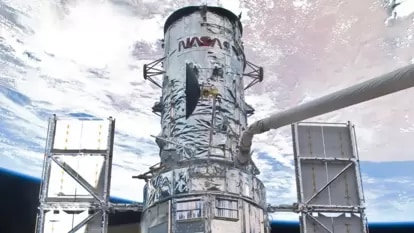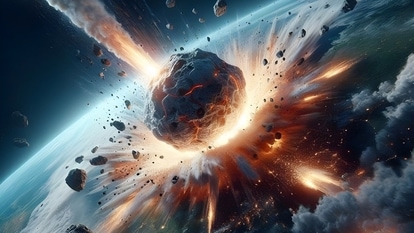Mystery behind the Big Bang theory revealed! And some tech and gadgets that caught it
What is the mystery behind the event which triggered the formation of our universe as we know it? Here’s what experts say.

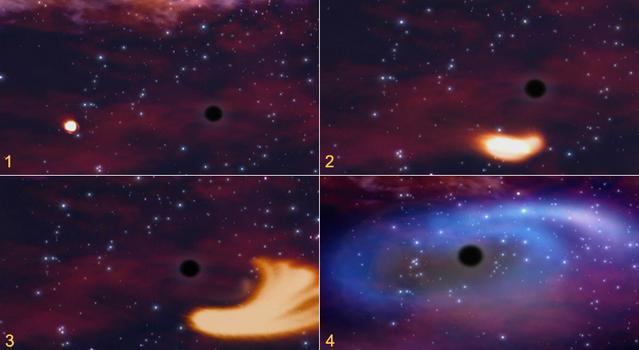

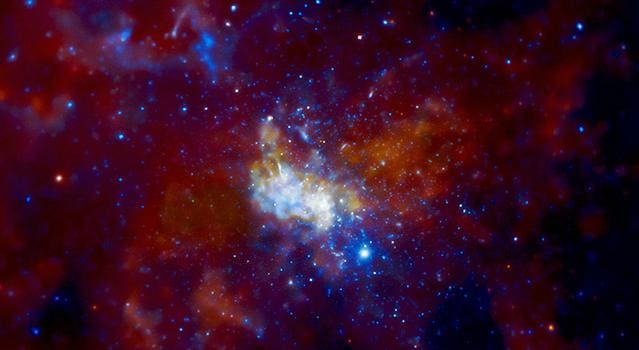
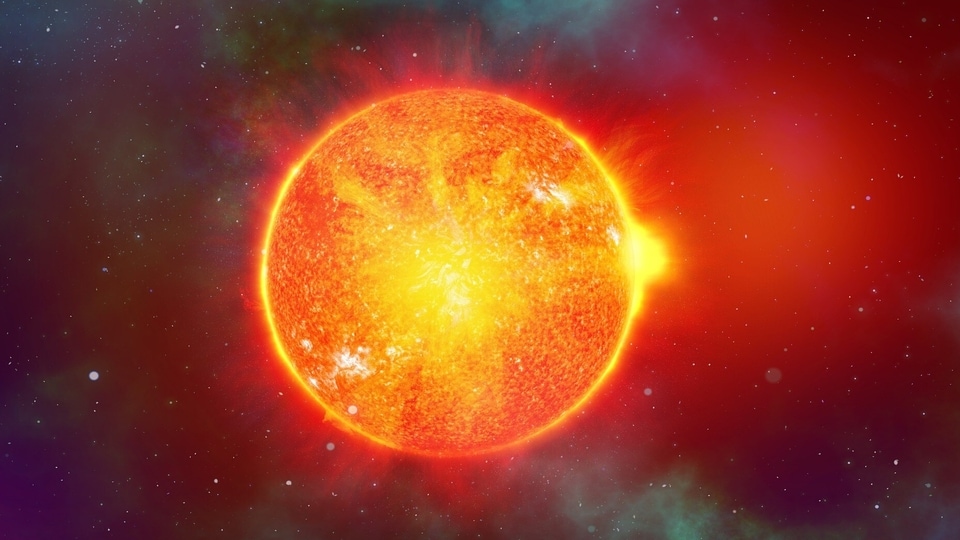
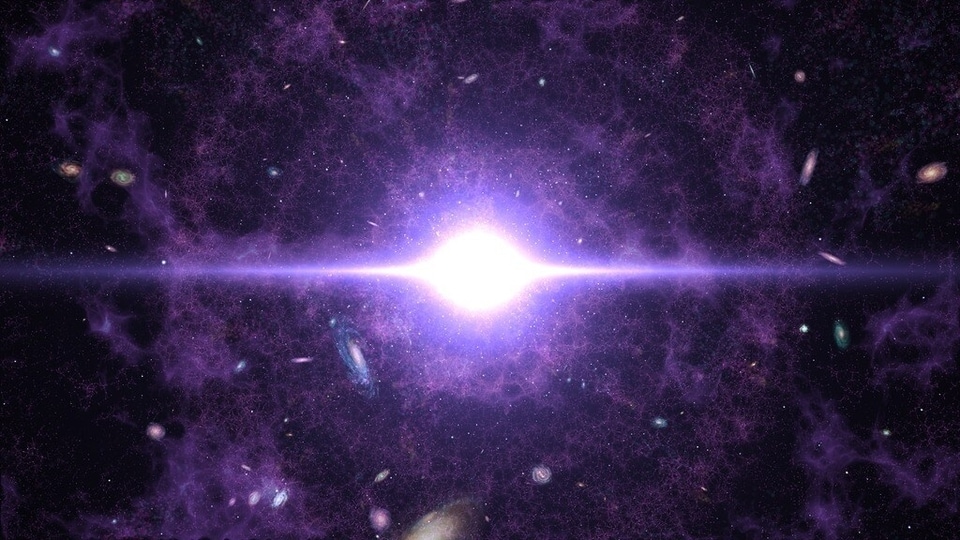
 View all Images
View all ImagesBig Bang, the colossal explosion which triggered the formation of our universe, occurred nearly 13.7 billion years ago. After that, it actually took millions of years for the formation of the Earth. This theory, known as the Big Bang theory, was proposed by an astronomer named Georges Lemaitre in 1927, though there are questions still unanswered today. What were the conditions like during the early days of the Big Bang? How did Earth terraform into the planet as we know it today? What really happened during the Big Bang?
According to the Big Bang theory, the universe started as just a single point, known as a Singularity. The universe stretched and expanded to get as big as it is now, and it is still expanding a little bit every single day. However, this might not entirely be true as this singularity is based on Albert Einstein's theory of general relativity, according to space.com.
The tech that caught it all
Understanding all of this is not at all possible without the technology and the gadgets that go along with it. NASA's Cosmic Background Explorer satellite and Wilkinson Anisotropy Microwave Probe reported observations of microwave light just 400,000 years after the Big Bang, according to the space agency. NASA says that after the initial explosion, darkness prevailed in the universe for a long time until 100 million years later when the first glimpse of visible and UV light occurred. This light was captured in data form by another one of NASA's awesome gadgets, the Spitzer Space Telescope.
What do experts say?
Published on space.com, Sean Carroll, a theoretical physicist at Caltech said, “The problem is, there's no reason whatsoever to believe general relativity in that regime. It's going to be wrong, because it doesn't take into account quantum mechanics. And quantum mechanics is certainly going to be important once you get to that place in the history of the universe.”
The universe expanded nearly 100 times its size in a span of fraction of a second, known as Inflation. Alex Filippenko, astrophysicist at the University of California, Berkeley told space.com, “Inflation was the 'bang' of the Big Bang. Before inflation, there was just a little bit of stuff, quite possibly, expanding just a little bit. We needed something like inflation to make the universe big.”
Catch all the Latest Tech News, Mobile News, Laptop News, Gaming news, Wearables News , How To News, also keep up with us on Whatsapp channel,Twitter, Facebook, Google News, and Instagram. For our latest videos, subscribe to our YouTube channel.





